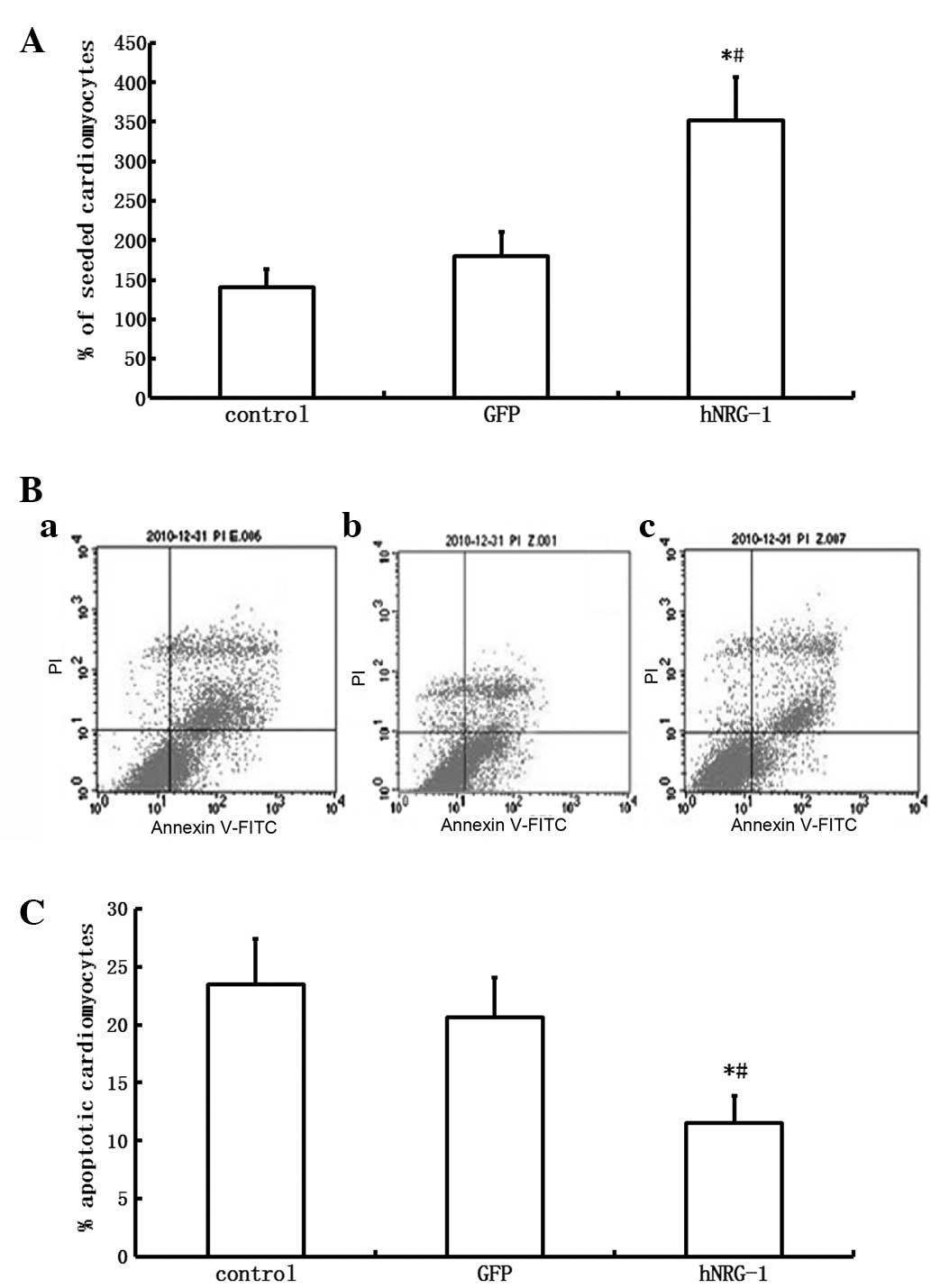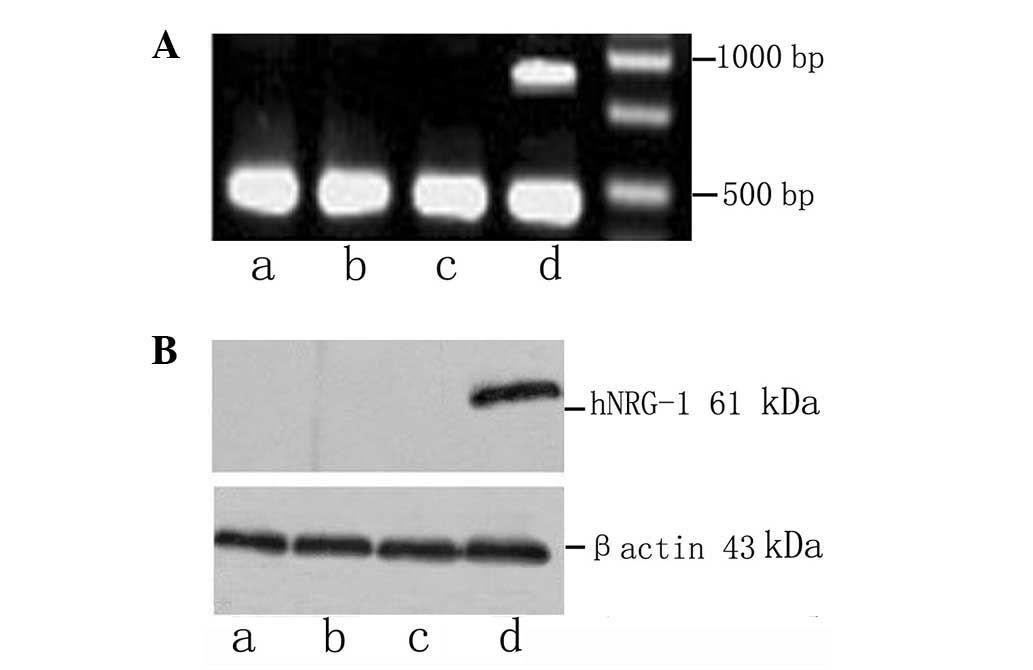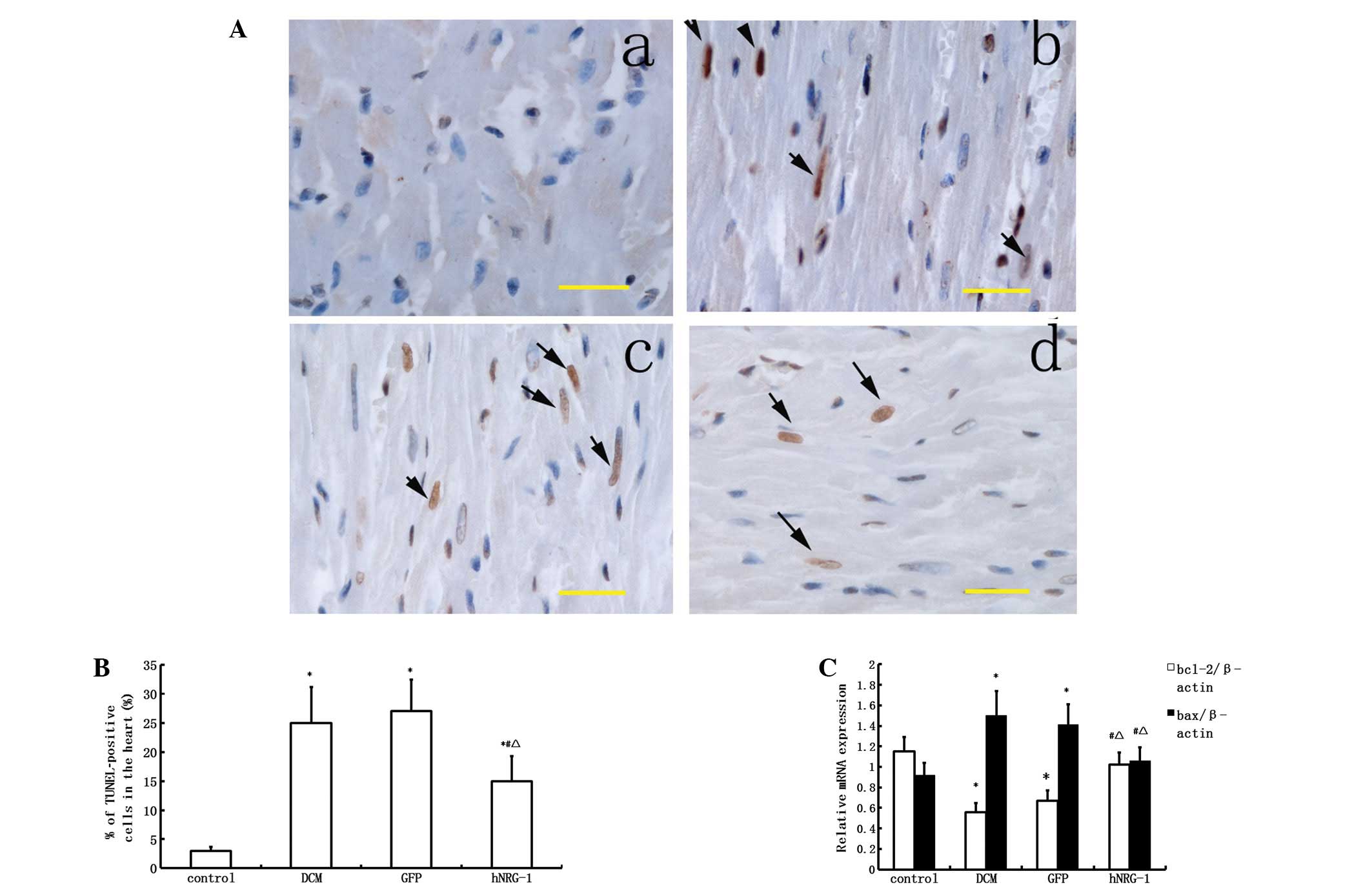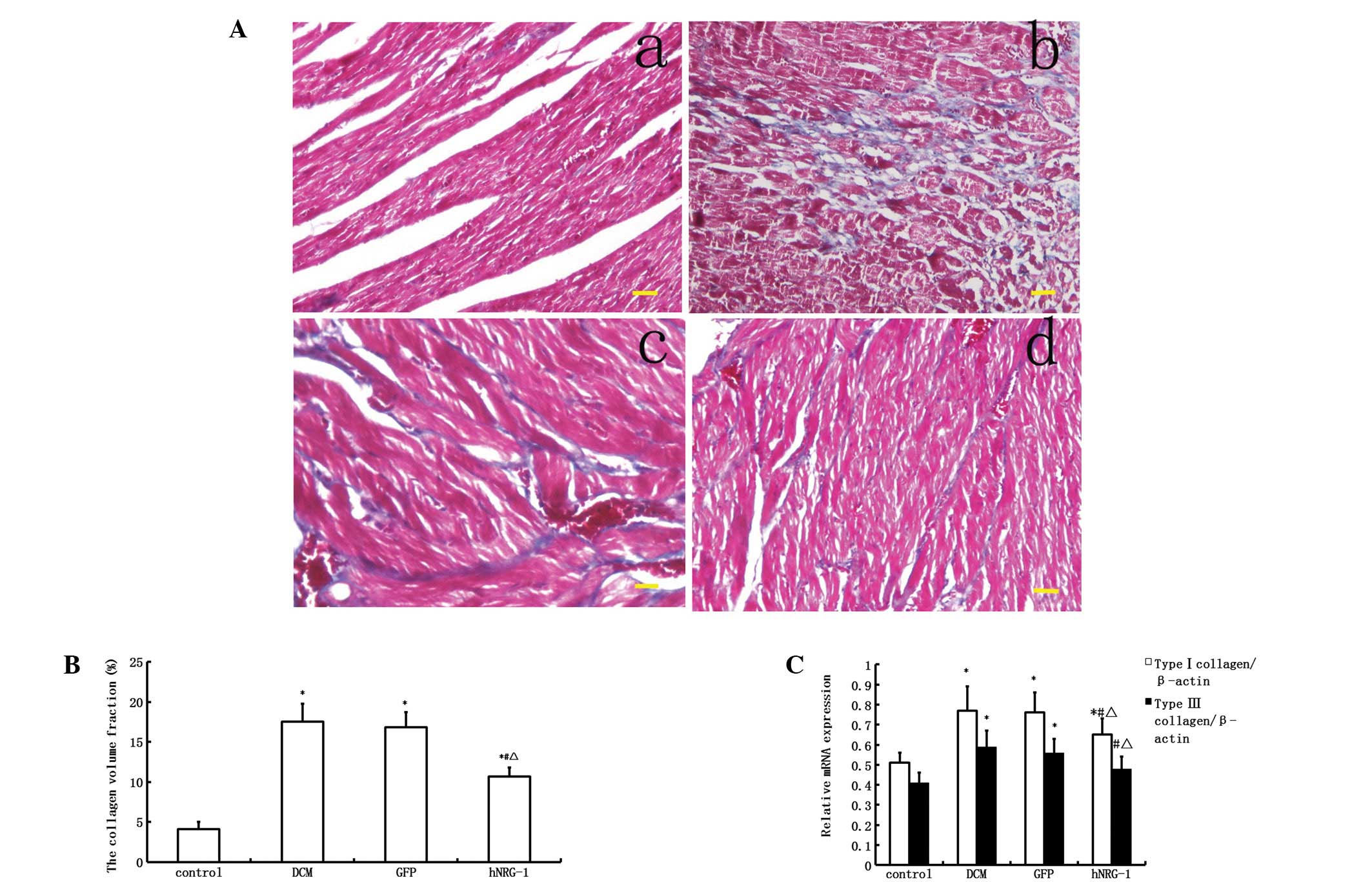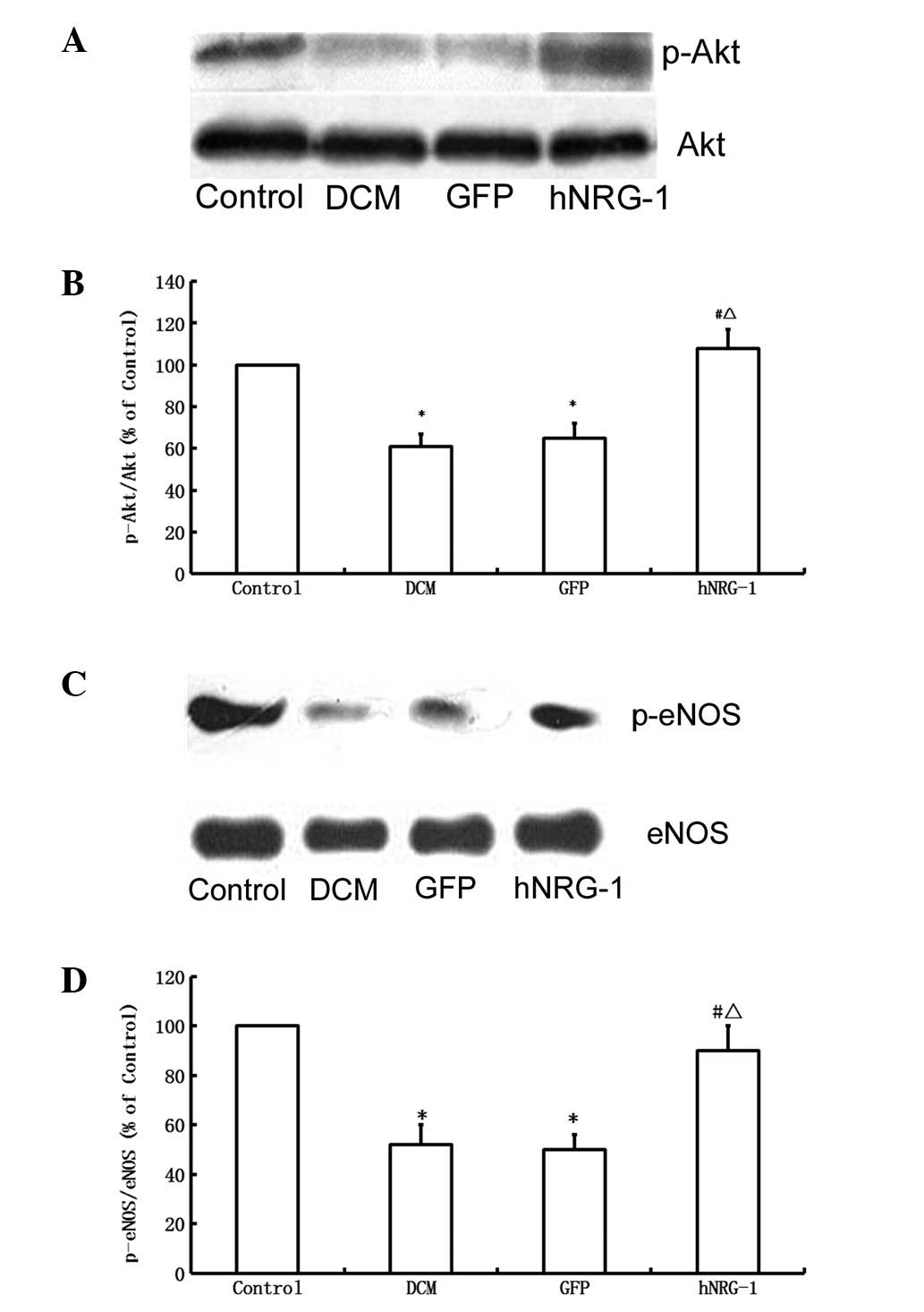|
1.
|
Acar E, Ural D, Bildirici U, et al:
Diabetic cardiomyopathy. Anadolu Kardiyol Derg. 11:732–737.
2011.
|
|
2.
|
Battiprolu PK, Gillette TG, Wang ZV, et
al: Diabetic cardiomyopathy: mechanisms and therapeutic targets.
Drug Discov Today Dis Mech. 7:e135–e143. 2010. View Article : Google Scholar : PubMed/NCBI
|
|
3.
|
An D and Rodrigues B: Role of changes in
cardiac metabolism in development of diabetic cardiomyopathy. Am J
Physiol Heart Circ Physiol. 291:H1489–H1506. 2006. View Article : Google Scholar : PubMed/NCBI
|
|
4.
|
Boudina S and Abel ED: Diabetic
cardiomyopathy revisited. Circulation. 115:3213–3223. 2007.
View Article : Google Scholar : PubMed/NCBI
|
|
5.
|
Hsueh W, Abel ED, Breslow JL, et al:
Recipes for creating animal models of diabetic cardiovascular
disease. Circ Res. 100:1415–1427. 2007. View Article : Google Scholar : PubMed/NCBI
|
|
6.
|
Sun D, Shen M, Li J, et al:
Cardioprotective effects of tanshinone IIA pretreatment via kinin
B2 receptor-Akt-GSK-3β dependent pathway in experimental diabetic
cardiomyopathy. Cardiovasc Diabetol. 10:42011.PubMed/NCBI
|
|
7.
|
Xu Y, Li X, Liu X and Zhou M:
Neuregulin-1/ErbB signaling and chronic heart failure. Adv
Pharmacol. 59:31–51. 2010. View Article : Google Scholar : PubMed/NCBI
|
|
8.
|
Odiete O, Hill MF and Sawyer DB:
Neuregulin in cardiovascular development and disease. Circ Res.
111:1376–1385. 2012. View Article : Google Scholar : PubMed/NCBI
|
|
9.
|
Lemmens K, Segers VF, Demolder M and De
Keulenaer GW: Role of neuregulin-1/ErbB2 signaling in
endothelium-cardiomyocyte cross-talk. J Biol Chem. 281:19469–19477.
2006. View Article : Google Scholar : PubMed/NCBI
|
|
10.
|
Cote GM, Miller TA, Lebrasseur NK, et al:
Neuregulin-1alpha and beta isoform expression in cardiac
microvascular endothelial cells and function in cardiac myocytes in
vitro. Exp Cell Res. 311:135–146. 2005. View Article : Google Scholar : PubMed/NCBI
|
|
11.
|
Pentassuglia L, Timolati F, Seifriz F, et
al: Inhibition of ErbB2/neuregulin signaling augments
paclitaxel-induced cardiotoxicity in adult ventricular myocytes.
Exp Cell Res. 313:1588–1601. 2007. View Article : Google Scholar : PubMed/NCBI
|
|
12.
|
Pentassuglia L and Sawyer DB: The role of
neuregulin 1β/ErbB signaling in the heart. Exp Cell Res.
315:627–637. 2009.
|
|
13.
|
Jabbour A, Hayward CS, Keogh AM, et al:
Parenteral administration of recombinant human neuregulin-1 to
patients with stable chronic heart failure produces favourable
acute and chronic haemodynamic responses. Eur J Heart Fail.
13:83–92. 2011. View Article : Google Scholar
|
|
14.
|
Li B, Zheng Z, Wei Y, et al: Therapeutic
effects of neuregulin-1 in diabetic cardiomyopathy rats. Cardiovasc
Diabetol. 10:692011.PubMed/NCBI
|
|
15.
|
Kilkenny C, Browne WJ, Cuthill IC, et al:
Improving bioscience research reporting: the ARRIVE guidelines for
reporting animal research. PLoS Biol. 8:e10004122010. View Article : Google Scholar : PubMed/NCBI
|
|
16.
|
Wold LE and Ren J: Streptozotocin directly
impairs cardiac contractile function in isolated ventricular
myocytes via a p38 map kinase-dependent oxidative stress mechanism.
Biochem Biophys Res Commun. 318:1066–1071. 2004. View Article : Google Scholar
|
|
17.
|
Wichi R, Malfitano C, Rosa K, et al:
Noninvasive and invasive evaluation of cardiac dysfunction in
experimental diabetes in rodents. Cardiovasc Diabetol. 6:142007.
View Article : Google Scholar : PubMed/NCBI
|
|
18.
|
Jiang Z and Zhou M: Neuregulin signaling
and heart failure. Curr Heart Fail Rep. 7:42–47. 2010. View Article : Google Scholar : PubMed/NCBI
|
|
19.
|
Dammann O, Bueter W, Leviton A, et al:
Neuregulin-1: a potential endogenous protector in perinatal brain
white matter damage. Neonatology. 93:182–187. 2008. View Article : Google Scholar : PubMed/NCBI
|
|
20.
|
Kuramochi Y, Guo X and Sawyer DB:
Neuregulin activates erbB2-dependent src/FAK signaling and
cytoskeletal remodeling in isolated adult rat cardiac myocytes. J
Mol Cell Cardiol. 41:228–235. 2006. View Article : Google Scholar : PubMed/NCBI
|
|
21.
|
Hertig CM, Kubalak SW, Wang Y and Chien
KR: Synergistic roles of neuregulin-1 and insulin-like growth
factor-I in activation of the phosphatidylinositol 3-kinase pathway
and cardiac chamber morphogenesis. J Biol Chem. 274:37362–37369.
1999. View Article : Google Scholar : PubMed/NCBI
|
|
22.
|
Calvo M, Zhu N, Grist J, et al: Following
nerve injury neuregulin-1 drives microglial proliferation and
neuropathic pain via the MEK/ERK pathway. Glia. 59:554–568. 2011.
View Article : Google Scholar : PubMed/NCBI
|
|
23.
|
Ky B, Kimmel SE, Safa RN, et al:
Neuregulin-1 beta is associated with disease severity and adverse
outcomes in chronic heart failure. Circulation. 120:310–317. 2009.
View Article : Google Scholar : PubMed/NCBI
|
|
24.
|
Cai L, Li W, Wang G, et al:
Hyperglycemia-induced apoptosis in mouse myocardium: mitochondrial
cytochrome c-mediated caspase-3 activation pathway.
Diabetes. 51:1938–1948. 2002. View Article : Google Scholar : PubMed/NCBI
|
|
25.
|
Mano Y, Anzai T, Kaneko H, et al:
Overexpression of human C-reactive protein exacerbates left
ventricular remodeling in diabetic cardiomyopathy. Circ J.
75:1717–1727. 2011. View Article : Google Scholar : PubMed/NCBI
|
|
26.
|
Wang B, Shravah J, Luo H, et al: Propofol
protects against hydrogen peroxide-induced injury in cardiac H9c2
cells via Akt activation and Bcl-2 up-regulation. Biochem Biophys
Res Commun. 389:105–111. 2009. View Article : Google Scholar : PubMed/NCBI
|
|
27.
|
Markou T, Barlaka E, Bartucci M and Lazou
A: Signal transduction pathways through cytoprotective, apoptotic
and hypertrophic stimuli: a comparative study in adult cardiac
myocytes. Cell Biochem Funct. 29:442–451. 2011. View Article : Google Scholar
|
|
28.
|
Jamnicki-Abegg M, Weihrauch D, Pagel PS,
et al: Isoflurane inhibits cardiac myocyte apoptosis during
oxidative and inflammatory stress by activating Akt and enhancing
Bcl-2 expression. Anesthesiology. 103:1006–1014. 2005. View Article : Google Scholar : PubMed/NCBI
|
|
29.
|
Dhanasekaran A, Gruenloh SK, Buonaccorsi
JN, et al: Multiple antiapoptotic targets of the PI3K/Akt survival
pathway are activated by epoxyeicosatrienoic acids to protect
cardiomyocytes from hypoxia/anoxia. Am J Physiol Heart Circ
Physiol. 294:H724–H735. 2008. View Article : Google Scholar : PubMed/NCBI
|
|
30.
|
Guo WP, Fu XG, Jiang SM and Wu JZ:
Neuregulin-1 regulates the expression of Akt, Bcl-2, and Bad
signaling after focal cerebral ischemia in rats. Biochem Cell Biol.
88:649–654. 2010.PubMed/NCBI
|
|
31.
|
Sapia L, Palomeque J, Mattiazzi A and
Petroff MV: Na+/K+-ATPase inhibition by
ouabain induces CaMKII-dependent apoptosis in adult rat cardiac
myocytes. J Mol Cell Cardiol. 49:459–468. 2010.
|
|
32.
|
Rosca AM, Matei C, Dragan E and Burlacu A:
Cardiomyocyte apoptosis in ischaemia-reperfusion due to the
exogenous oxidants at the time of reperfusion. Cell Biol Int.
36:1207–1215. 2012. View Article : Google Scholar : PubMed/NCBI
|
|
33.
|
Chatziantoniou C, Pauti MD, Pinet F, et
al: Regulation of renin release is impaired after nitric oxide
inhibition. Kidney Int. 49:626–633. 1996. View Article : Google Scholar : PubMed/NCBI
|
|
34.
|
Giacco F and Brownlee M: Oxidative stress
and diabetic complications. Circ Res. 107:1058–1070. 2010.
View Article : Google Scholar : PubMed/NCBI
|
|
35.
|
Zhou G, Li X, Hein DW, et al:
Metallothionein suppresses angiotensin II-induced nicotinamide
adenine dinucleotide phosphate oxidase activation, nitrosative
stress, apoptosis, and pathological remodeling in the diabetic
heart. J Am Coll Cardiol. 52:655–666. 2008. View Article : Google Scholar
|
|
36.
|
Varagic J, Ahmad S, Voncannon JL, et al:
Nebivolol reduces cardiac angiotensin II, associated oxidative
stress and fibrosis but not arterial pressure in salt-loaded
spontaneously hypertensive rats. J Hypertens. 30:1766–1774.
2012.
|
|
37.
|
Lemmens K, Fransen P, Sys SU, et al:
Neuregulin-1 induces a negative inotropic effect in cardiac muscle:
role of nitric oxide synthase. Circulation. 109:324–326. 2004.
View Article : Google Scholar : PubMed/NCBI
|
|
38.
|
Sawyer DB and Caggiano A: Neuregulin-1β
for the treatment of systolic heart failure. J Mol Cell Cardiol.
51:501–505. 2011.
|
|
39.
|
Rohrbach S, Niemann B, Silber RE and Holtz
J: Neuregulin receptors erbB2 and erbB4 in failing human
myocardium-depressed expression and attenuated activation. Basic
Res Cardiol. 100:240–249. 2005. View Article : Google Scholar : PubMed/NCBI
|
|
40.
|
Lemmens K, Doggen K and De Keulenaer GW:
Role of neuregulin-1/ErbB signaling in cardiovascular physiology
and disease: implications for therapy of heart failure.
Circulation. 116:954–960. 2007. View Article : Google Scholar : PubMed/NCBI
|















